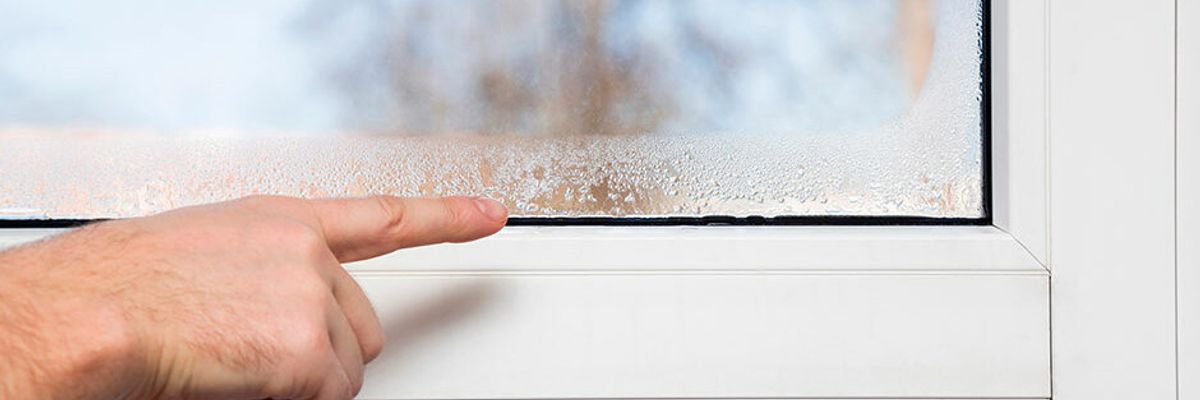Water accumulates, dampness appears on the glass and window sill after replacing old windows with new PVC (metal-plastic).
This phenomenon may occur in some cases:
- too large a temperature difference between the external and internal environment
- poor thermal insulation around the PVC profile
- poor air circulation in the room or lack of exhaust hood
- the settings have not been converted from summer to winter mode
- a powerful battery (radiator) is installed directly under the window
- there is simply too much moisture in the room due to the presence of a source: kitchen steam, bath steam, many plants that are watered frequently, etc.
What happens if water constantly accumulates on the windows?
In addition to the visual effect of a foggy window and a wet window sill, mold can also occur in places where moisture constantly accumulates. The best way to get rid of water on windows is to find out the exact cause and eliminate it. However, if the window installation is done correctly and there are no visible reasons for the windows getting wet, try:
- do not allow a high temperature difference between the street and the room. Reduce the temperature of the heating device
- ventilate periodically or set constant micro-ventilation using the appropriate mode of the window rotary knob
- check if you have air outflow in the room into the ventilation shaft. This is easy to do with a piece of paper, placing it on the hood window. If there is normal traction in the channel, the sheet of paper should “stick”
- Avoid feeling damp in the room. Heat and warm up without allowing the temperature to drop below +18 degrees
- periodically wipe the windows and window sill with a dry paper towel, because even in dry and ventilated rooms, moisture accumulation sometimes occurs, because sometimes it just happens as a result of constant changes both indoors and outdoors
If, under normal conditions of maintaining the premises, there are still signs of window sweating, then most likely it is necessary to carry out work to insulate the window slopes. This operation will reduce the penetration of cold air under the PVC profile and under the window sill, but for this you will need to do a little dismantling of the cosmetic surfaces.
In order not to carry out repairs after completion of the repair, we recommend choosing the thickness and glass unit of the PVC profile that immediately meets the requirements of the operating conditions. The thicker the profile, the less likely it is that cold and warm air will meet in the room.
We also recommend that the finishing work on the construction of the slopes be carried out by specialists from the company that installs the windows. The craftsmen know better or will simply advise how to properly complete the window installation work so that neither moisture nor dust spoil the feeling of comfort, warmth and coziness.
To resolve the issue of replacing PVC windows and doors, please contact our specialists for advice. We can select a profile that suits your needs, measure, produce, and install windows and doors in your home, apartment, or premises. We work with trusted manufacturers of metal-plastic profiles and fittings.



